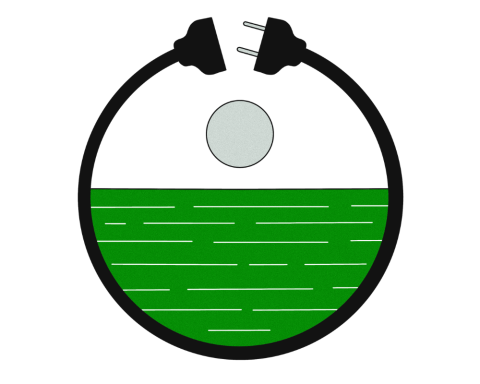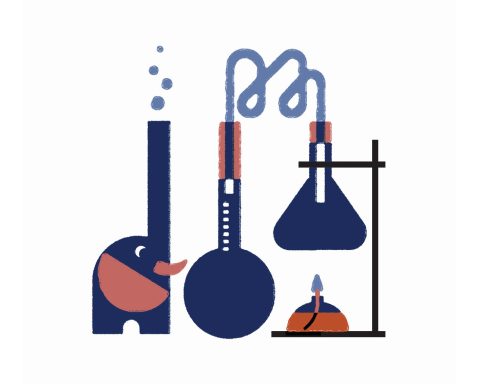From the global ubiquity of Bitcoin to satirical meme projects like the dog-faced Dogecoin, cryptocurrencies have been both hailed as the future of money and mocked as a giant sham.
Apart from price volatility and the sheer impossibility of keeping up with 20,000 different crypto brands, there’s been a dark cloud hanging over crypto: producing these intangible virtual currencies requires tonnes of carbon emissions that the planet didn’t expect and can’t afford.
To regulate cryptocurrency production, each platform is “mined” by developers who compete to solve challenging mathematical equations with the fastest computer equipment they can buy. Managing the Bitcoin blockchain alone consumes about 150 terawatt-hours of electricity a year, or about 0.5% of all the world’s electricity production – as much as Sweden with its 10 million people.
Fortunately for the earth, the second most popular cryptocurrency, Ethereum, which is worth US$244 billion, is taking a greener path. After years of planning, the global developers who govern Ether’s open-source ecosystem have just pivoted to a new management system that will slash its carbon emissions by 99.95%. Known as the “merge,” the high-wire balancing act effectively transforms Ethereum overnight. One veteran crypto reporter compared this feat to a motorist on a super-highway upgrading their gas-guzzling car to an electric vehicle – without ever stopping.
Ethereum’s secret? For nearly two years, its guiding stakeholders have been piloting and testing an alternative “consensus mechanism” called the Beacon Chain to monitor transactions on their far-flung, decentralized platform. Unlike the standard blockchain, which uses a “proof of work” model to track trades and new currency production, the Beacon Chain uses a low-impact model called “proof of stake.” Rather than make existing Ether holders compete to validate new transactions, “proof of state” selects these “validators” randomly, based on the amount of crypto they have “staked” to the system.
Following the merge, which took place September 15, these “stakers” can now mine new blocks of Ether using a standard laptop. They no longer need super-charged workstations draining electricity from coal-fired generating plants. And Ethereum no longer needs to burn 78 terawatt-hours of electricity a year – comparable to the consumption of Chile.
Of course, there’s a catch. Many stick-in-the-mud crypto-miners are likely to redirect their tech to produce other currencies – producing scant net benefit to the climate. Some miners have even declared their intention to keep mining Ether the old way on their own (decentralized platforms, right?).
But Ethereum’s brain trust has bigger plans for its currency, post-merge. Since new validators won’t have to invest in super-computers, they say their system will become more accessible and democratic. They also say their new platform will be faster – issuing new blocks of currency every 12 seconds, versus every 13 or 14 seconds pre-merge – and safer from hacker attacks.
Most importantly, the merge prepares the ground for “sharding” (no more quote marks after this, we promise). This means splitting Ether transactions across several different chains as a way to increase the volume of activity that the platform can process, lowering user fees and boosting transaction speeds.
In an article published in The Conversation, Peter Howson, a professor of international development at the U.K.’s Northumbria University, says a successful merge for Ethereum could encourage regulators to crack down on other crypto systems’ careless energy use. “During an energy crisis and climate emergency, Ethereum’s switch to a more efficient technology is good news. If it proves successful, regulators will probably see no reason why Bitcoin and other wasteful cryptocurrencies should not follow suit.”







